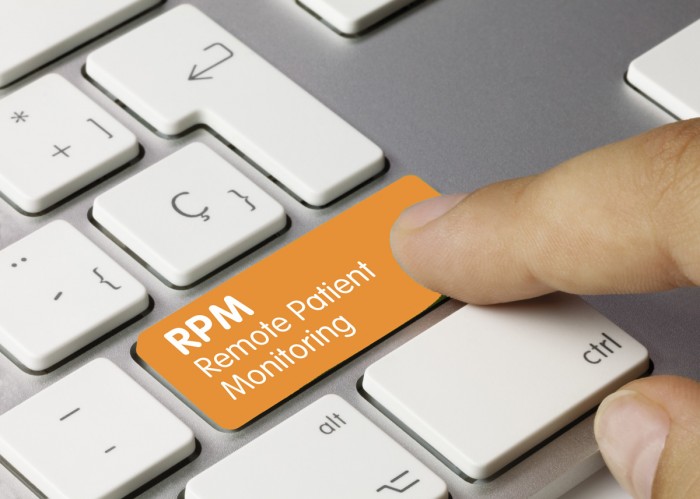Interest in RPM, Personal Health Tech Adoption Lagging Among Clinicians
Only about a third of rural and non-rural clinicians currently use remote patient monitoring and personal health technologies, and one-fourth have expressed no interest in either.

Source: Getty Images
- Though most rural and non-rural healthcare professionals believe remote patient monitoring (RPM) might benefit patients, only about half are interested in using it, according to a new report released by Walmart in collaboration with Medscape.
Medscape surveyed 10,045 US healthcare professionals between Dec. 29, 2021, and March 9. About 70.8 percent of the respondents worked in a non-rural setting, while 29.2 percent worked in a rural community. A majority worked in an outpatient clinic (40 percent), followed by an office (24 percent) and a hospital (22 percent).
Digital health adoption is lagging, especially among rural healthcare professionals, even though they recognize the potential value of these technologies, according to the report.
Only 22 percent of rural and 28 percent of non-rural healthcare professionals currently use RPM tools. These figures are a little higher with regard to personal health technology, such as Fitbits, smartwatches, nutrition, or fitness apps, with 29 percent of rural and 32 percent of non-rural respondents saying they use these technologies.
About 65 percent of rural healthcare professionals consider RPM beneficial for patients, and 50 percent said the same about personal health technology. But only 52 percent of rural clinicians said they are interested in adopting RPM, and 46 percent expressed an interest in adopting personal health technology.
Similarly, 70 percent of their non-rural counterparts find RPM beneficial, and 63 percent consider personal health technology helpful for patient care. But only 47 percent said they are interested in adopting RPM, and 46 percent said the same for personal health technology.
Approximately one-fourth of respondents, both rural and non-rural, expressed no interest in using either technology.
"Supporting avenues for healthcare professionals to develop a firm grasp of health technologies' value and functionality is a critical first step," according to the report.
The respondents cited several patient and practice barriers to health technology use.
The patient barriers included lack of technology access and literacy, low engagement, and out-of-pocket costs, while the practice barriers included challenging training requirements, lack of technology infrastructure, and liability concerns.
Another recent survey delved into the various challenges of implementing and deploying RPM. More than half (55 percent) of the 100 physicians, administrators, and CEOs from medical practices polled in the survey said it takes three to five staff members to manage an RPM program.
In addition, patient engagement is a challenge, with about 58 percent of respondents saying that less than half of the patients enrolled in RPM programs are continuously connected to their devices and transmit regular readings.
Still, most survey respondents said RPM improves patient satisfaction (73 percent) and staff satisfaction (64 percent), and 76 percent said they would be using RPM within the next two years.
